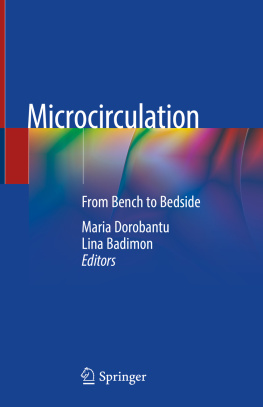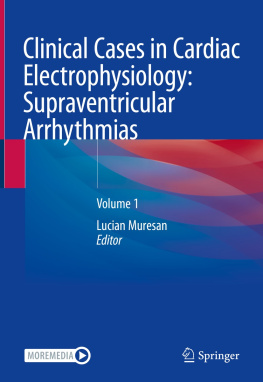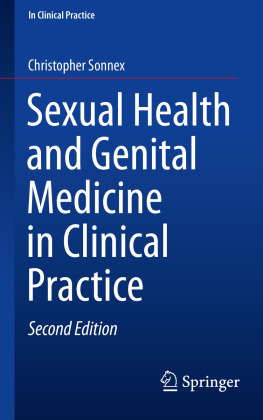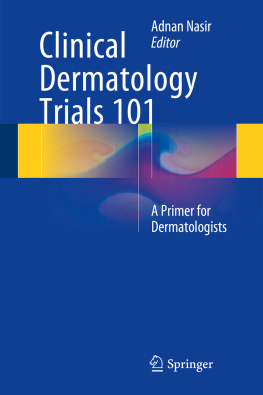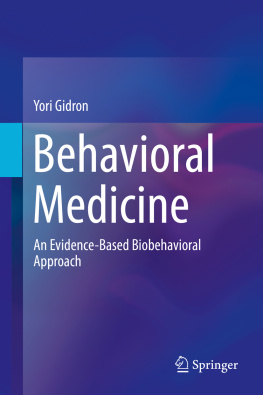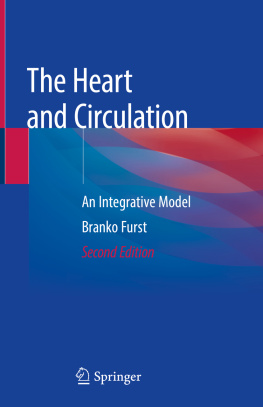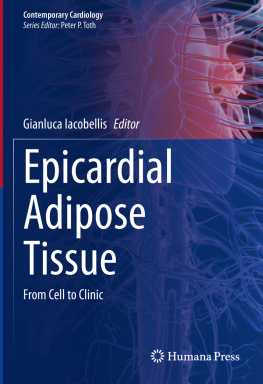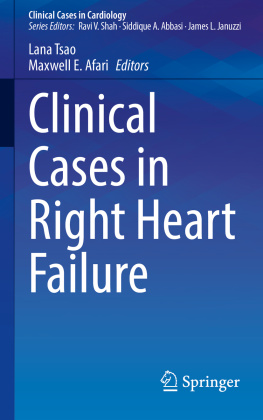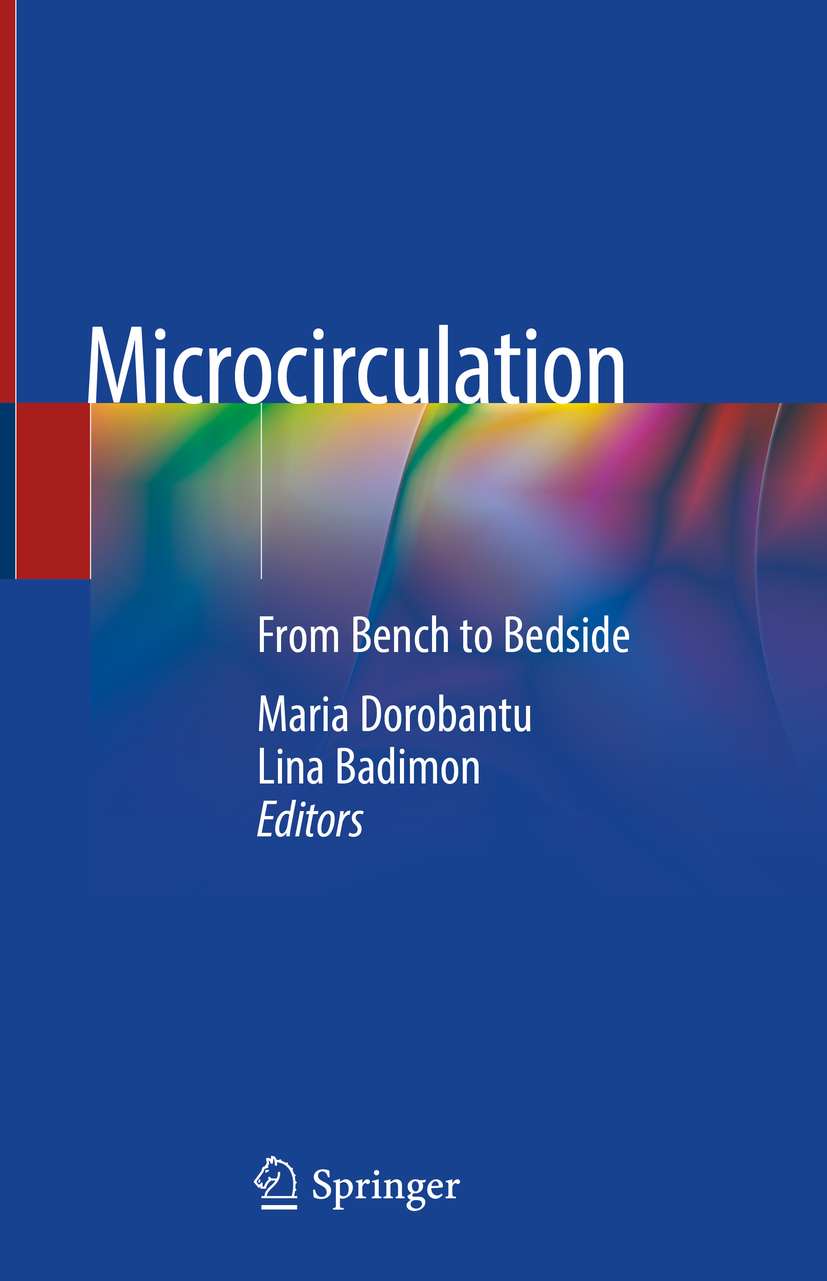Editors
Maria Dorobantu
Department of Cardiology, Carol Davila University of Medicine, Bucharest, Romania
Lina Badimon
Cardiovascular Program-ICCC, IR- Hospital de la Santa Creu i Sant Pau, Autonomous University of Barcelona, Barcelona, Spain
ISBN 978-3-030-28198-4 e-ISBN 978-3-030-28199-1
https://doi.org/10.1007/978-3-030-28199-1
Springer Nature Switzerland AG 2020
This work is subject to copyright. All rights are reserved by the Publisher, whether the whole or part of the material is concerned, specifically the rights of translation, reprinting, reuse of illustrations, recitation, broadcasting, reproduction on microfilms or in any other physical way, and transmission or information storage and retrieval, electronic adaptation, computer software, or by similar or dissimilar methodology now known or hereafter developed.
The use of general descriptive names, registered names, trademarks, service marks, etc. in this publication does not imply, even in the absence of a specific statement, that such names are exempt from the relevant protective laws and regulations and therefore free for general use.
The publisher, the authors, and the editors are safe to assume that the advice and information in this book are believed to be true and accurate at the date of publication. Neither the publisher nor the authors or the editors give a warranty, expressed or implied, with respect to the material contained herein or for any errors or omissions that may have been made. The publisher remains neutral with regard to jurisdictional claims in published maps and institutional affiliations.
This Springer imprint is published by the registered company Springer Nature Switzerland AG
The registered company address is: Gewerbestrasse 11, 6330 Cham, Switzerland
Introduction
In the last years we assisted to a dramatic reconsideration of microcirculation as a component of coronary physiology at least as important as the large epicardial vasculature. Extensive research was conducted in the field which allowed us to get a glimpse on the complex and intricated mechanisms of the microcirculation physiology. Importantly, structural and functional alterations of microcirculation have been described in almost all cardiovascular pathologies. Ischaemic heart disease is the most prevalent of these, but abnormal microcirculation has been also described in cardiomyopathies or in valvular heart disease.
The research is ongoing and novel information will be continuously added to our baggage of knowledge allowing us to fill the gaps of this puzzling area of medicine. However, currently we experience an unmet need to translate the results of research in the field of microcirculation into clinical practice. Alterations of microcirculatory function may be obvious in some of the clinical scenarios, but sometimes it is challenging for the physician to accurately diagnose and treat microcirculatory dysfunction.
This book aims to bring the preclinical data into the clinical arena, where it is most useful for both patients and physicians.
The book is organized in three main sections covering both theoretical and practical applications of what we are currently know about microcirculation.
The chapters in the first part explain the basic concepts of microcirculation in health and disease, including lessons from the large animal models. Specific roles of platelet function and perivascular tissue are discussed in two different chapters. The most important techniques for studying microcirculation such as dynamic testing and study through direct microscopic techniques are also covered in the first part of the book. A separate chapter is dedicated to myocardial infarction with normal coronary arteries, an entity which is frequently encountered in daily clinical practice.
The second part of the book follows a relatively innovative approach. It aims to delineate the role of microcirculatory dysfunction in specific conditions such as: ST elevation myocardial infarction, chronic angina, vasospastic angina, left ventricular hypertrophy, acute heart failure or silent cerebral damage. Each of the chapter begin with a real-life clinical case which is then followed by complex theoretical discussions related to each case. This approach is intended to get the physician closer to the intimate mechanisms of microcirculatory dysfunction.
The third part of the book is reserved for the therapeutic considerations and it covers treatment of no-reflow phenomenon, the role of lipid lowering therapies, as well as the cell strategies to stimulate angiogenesis/vasculogenesis for improvement of microcirculation.
The contributing authors are well renowned specialists with a solid background in both the preclinical and clinical areas.
We consider this book to be a valuable tool for all specialists who work in the various fields related to normal and dysfunctional microcirculation.

